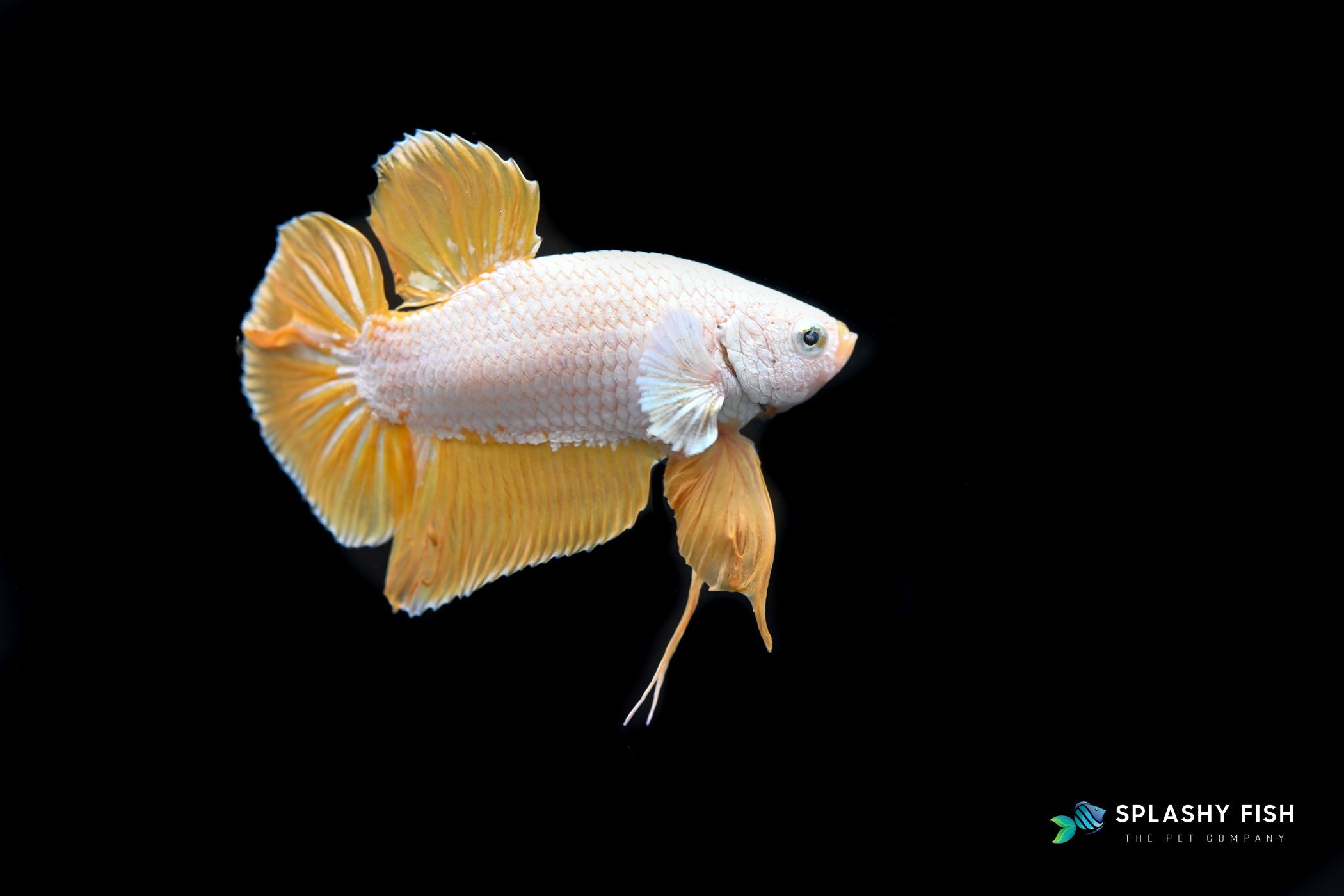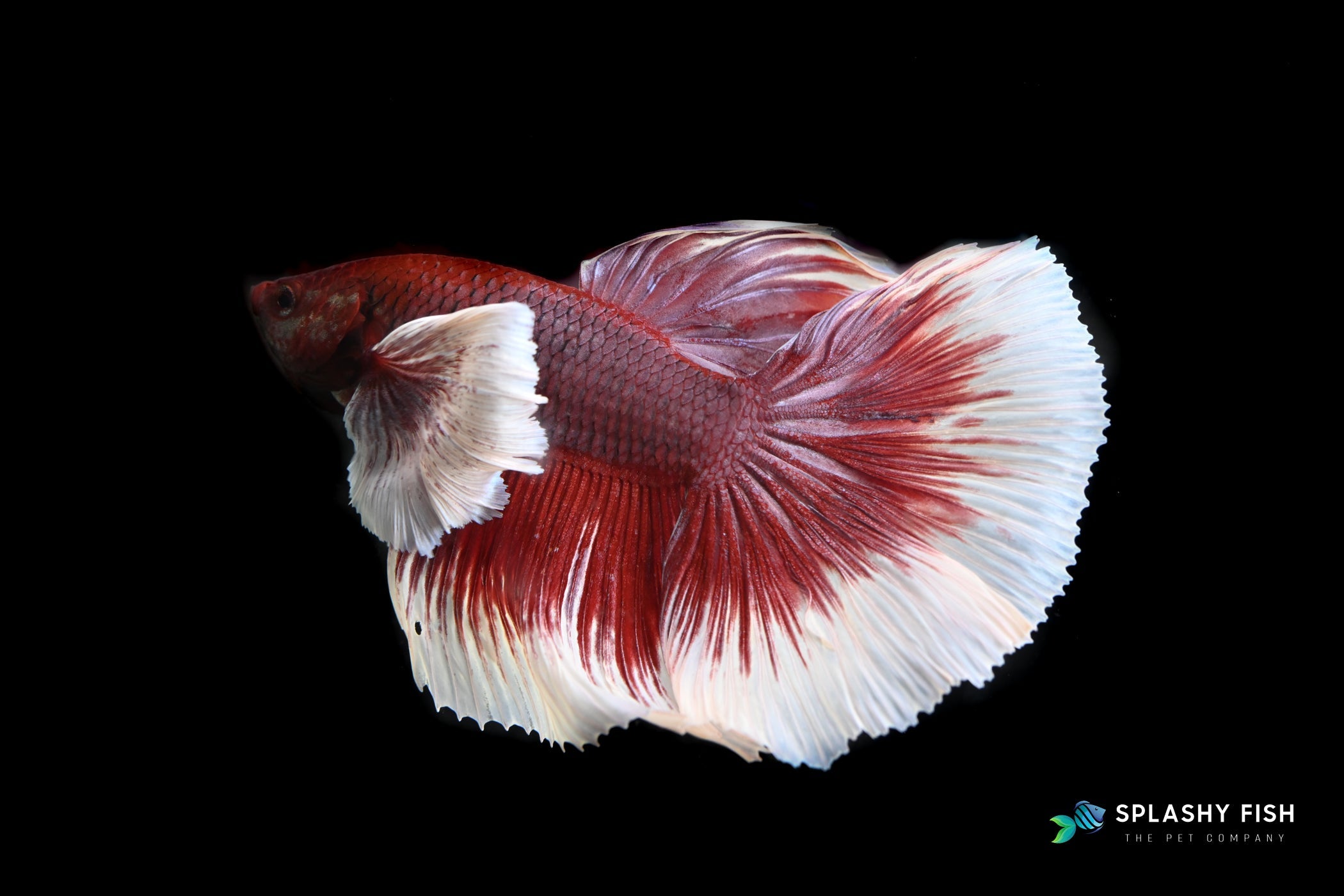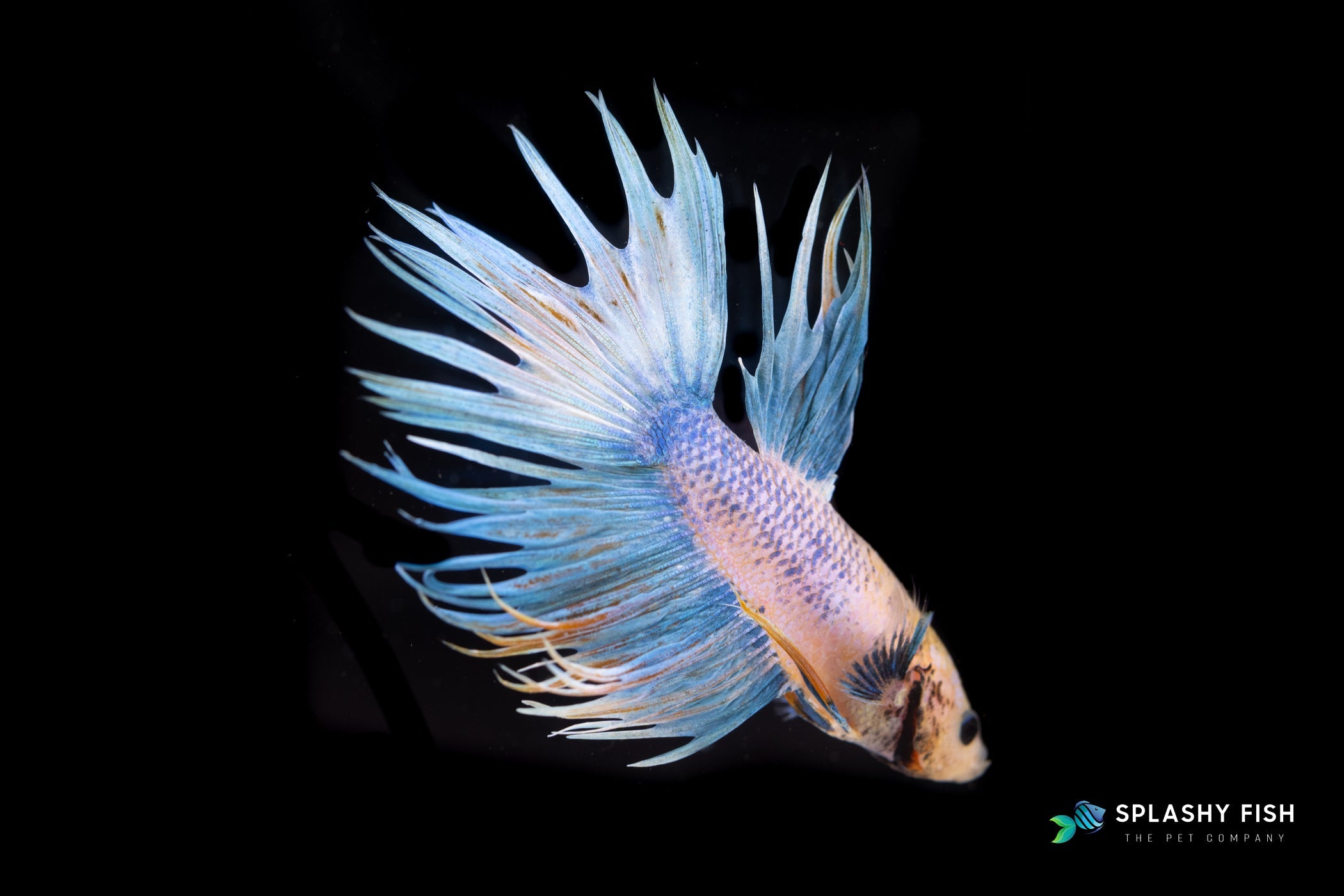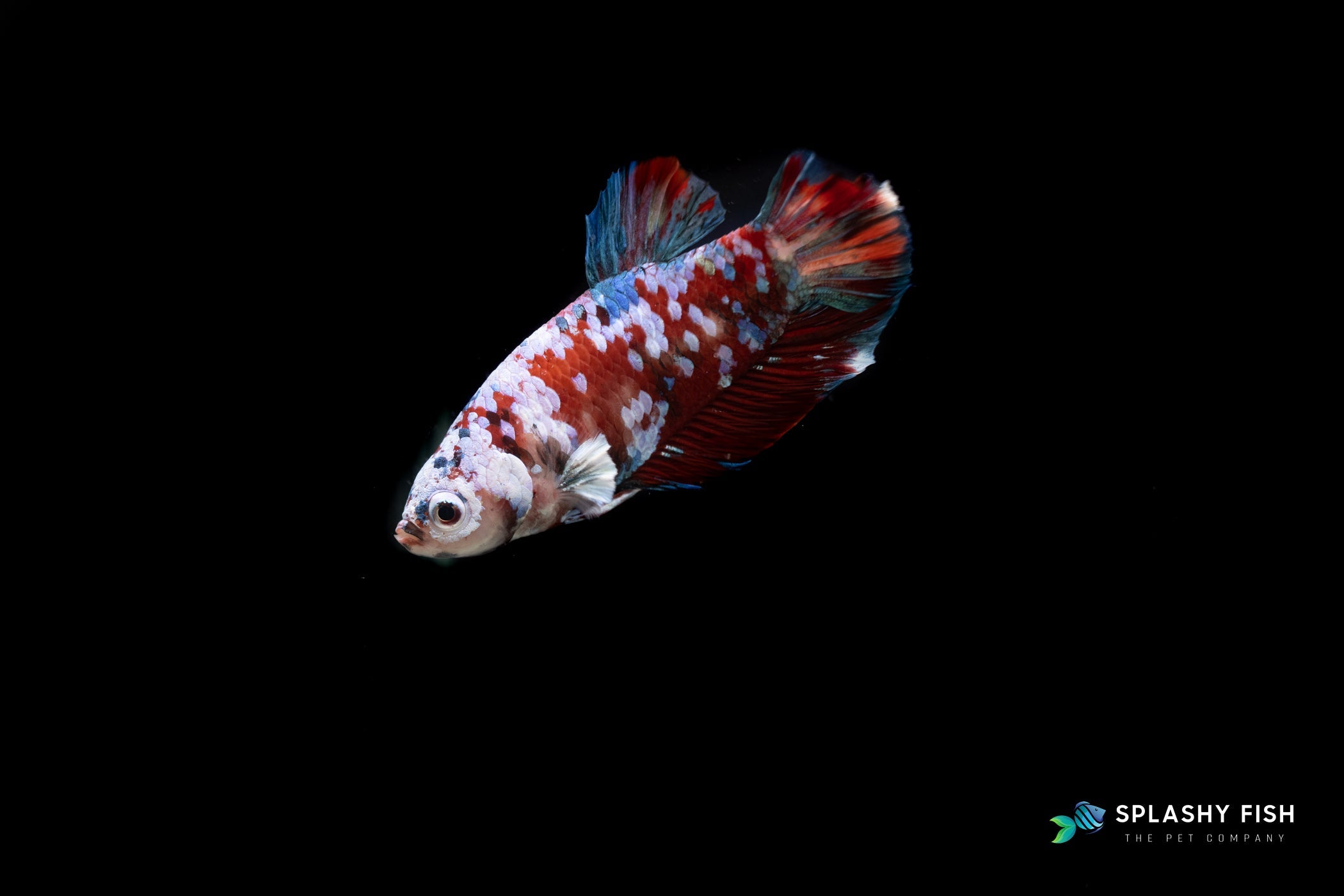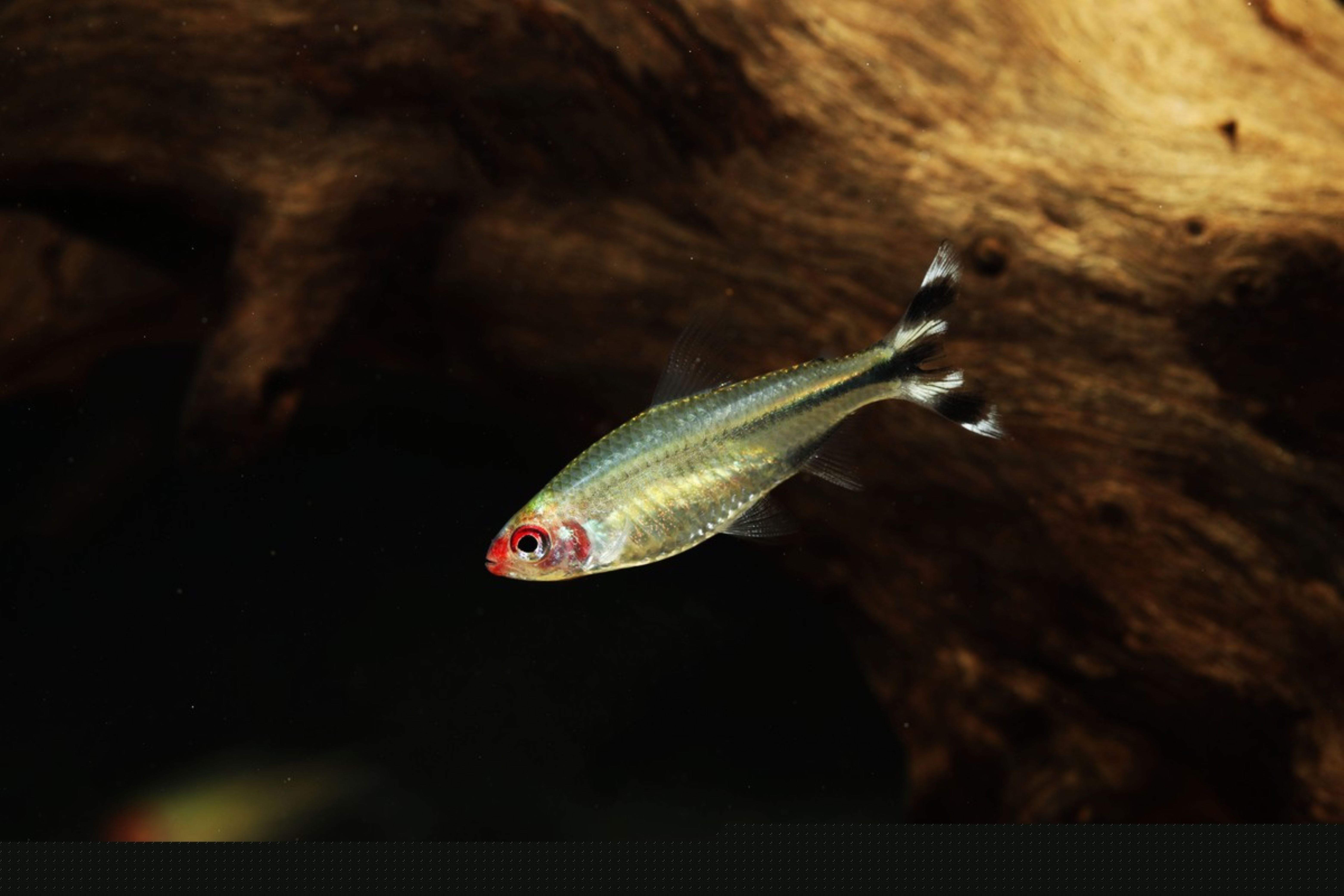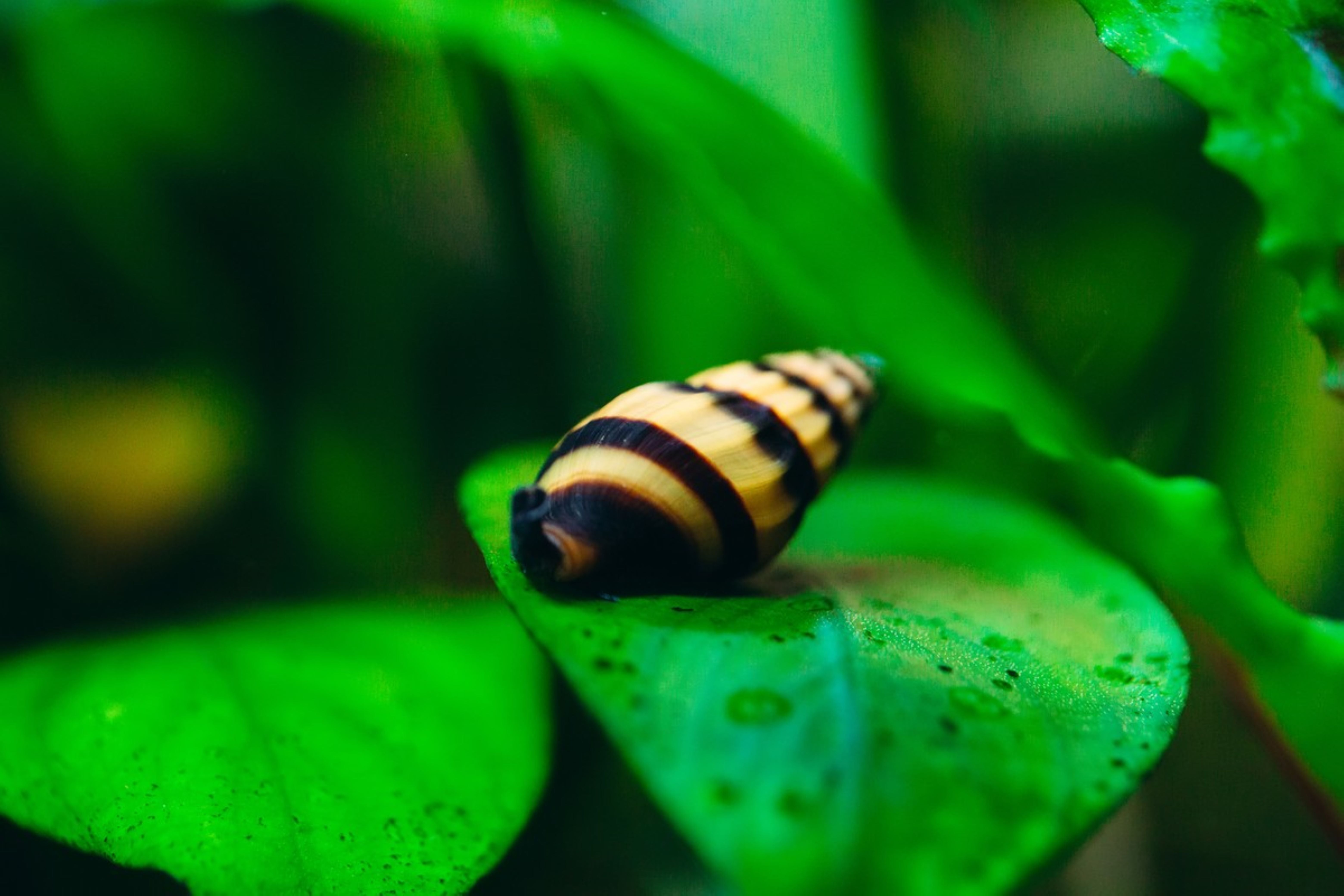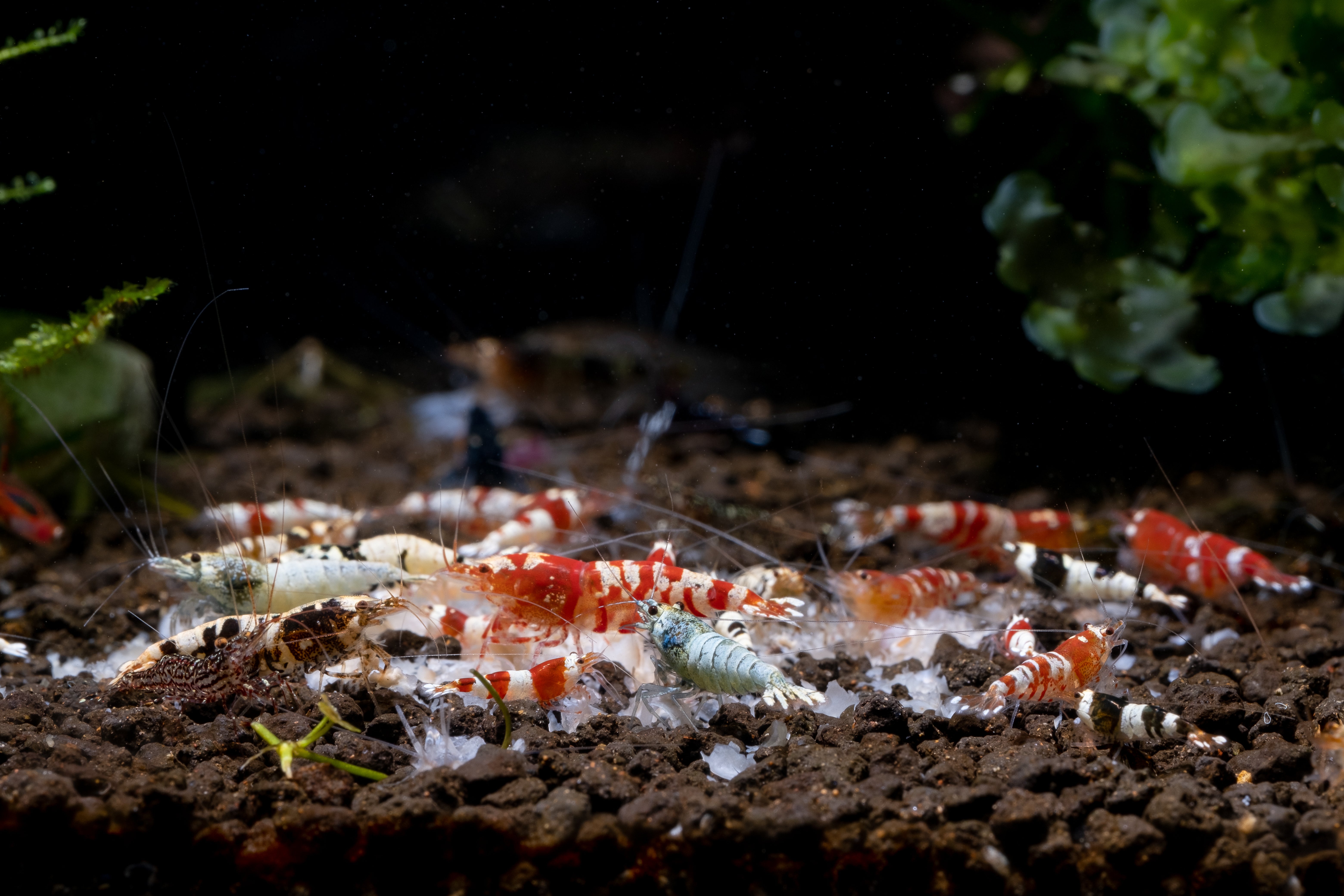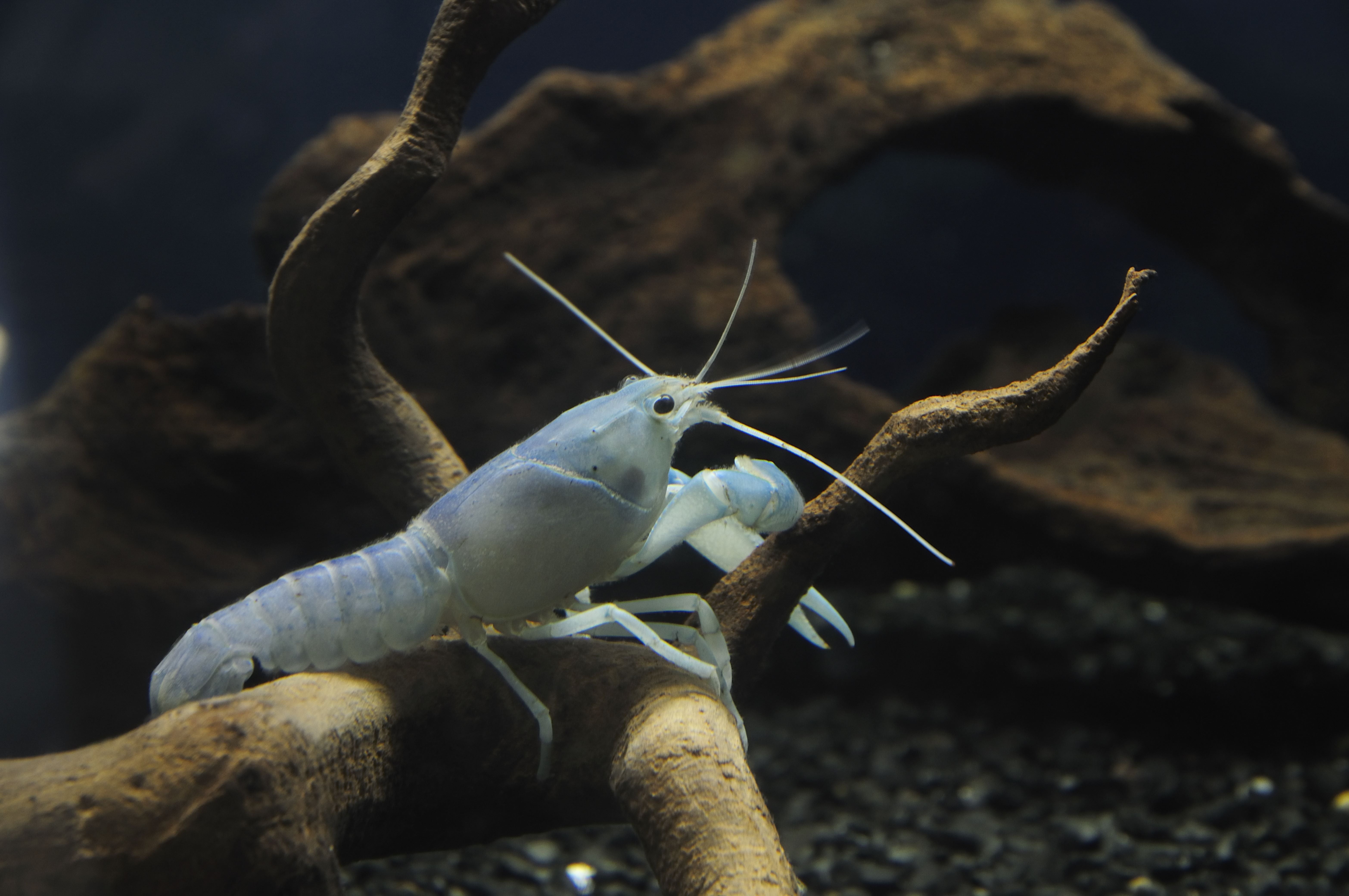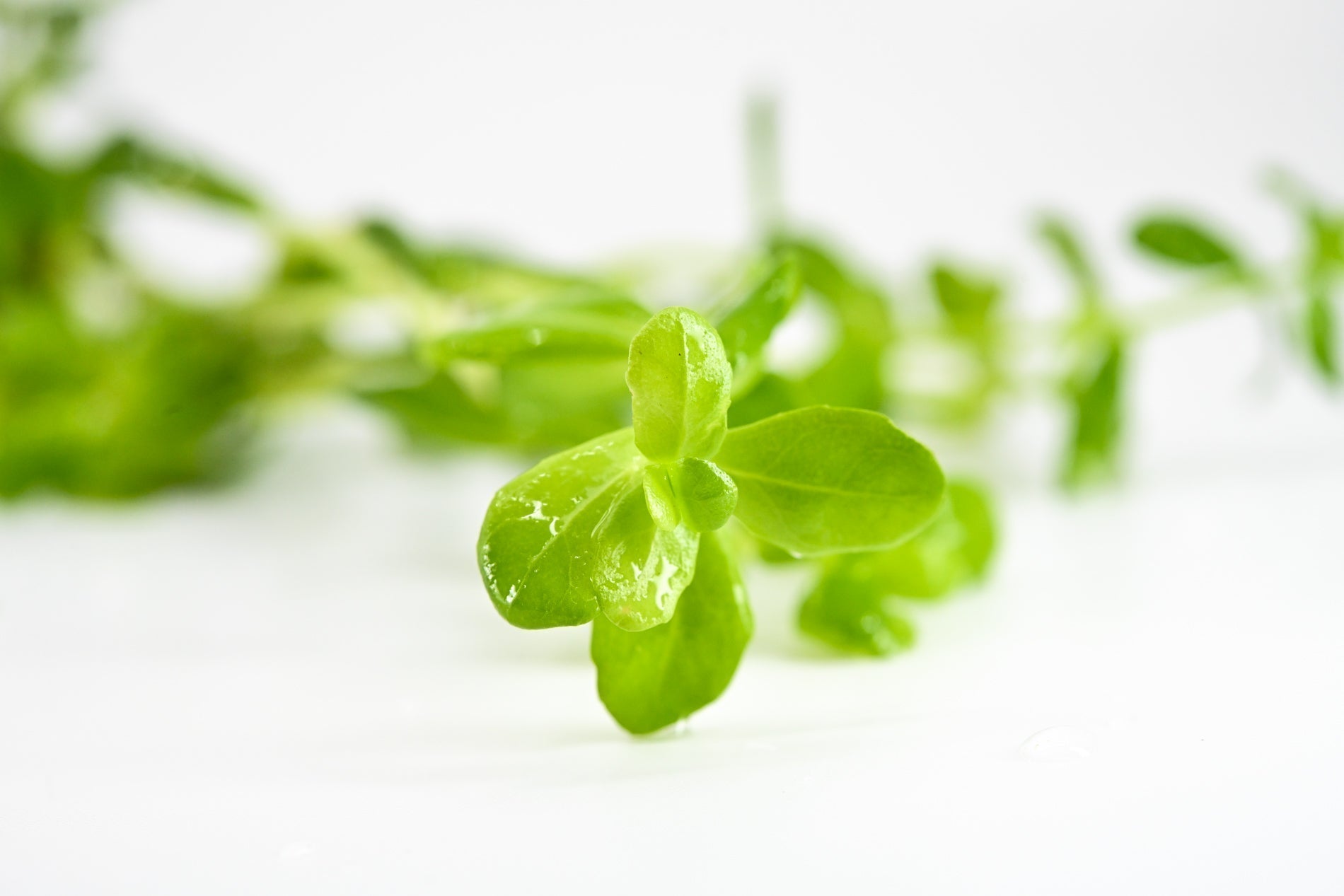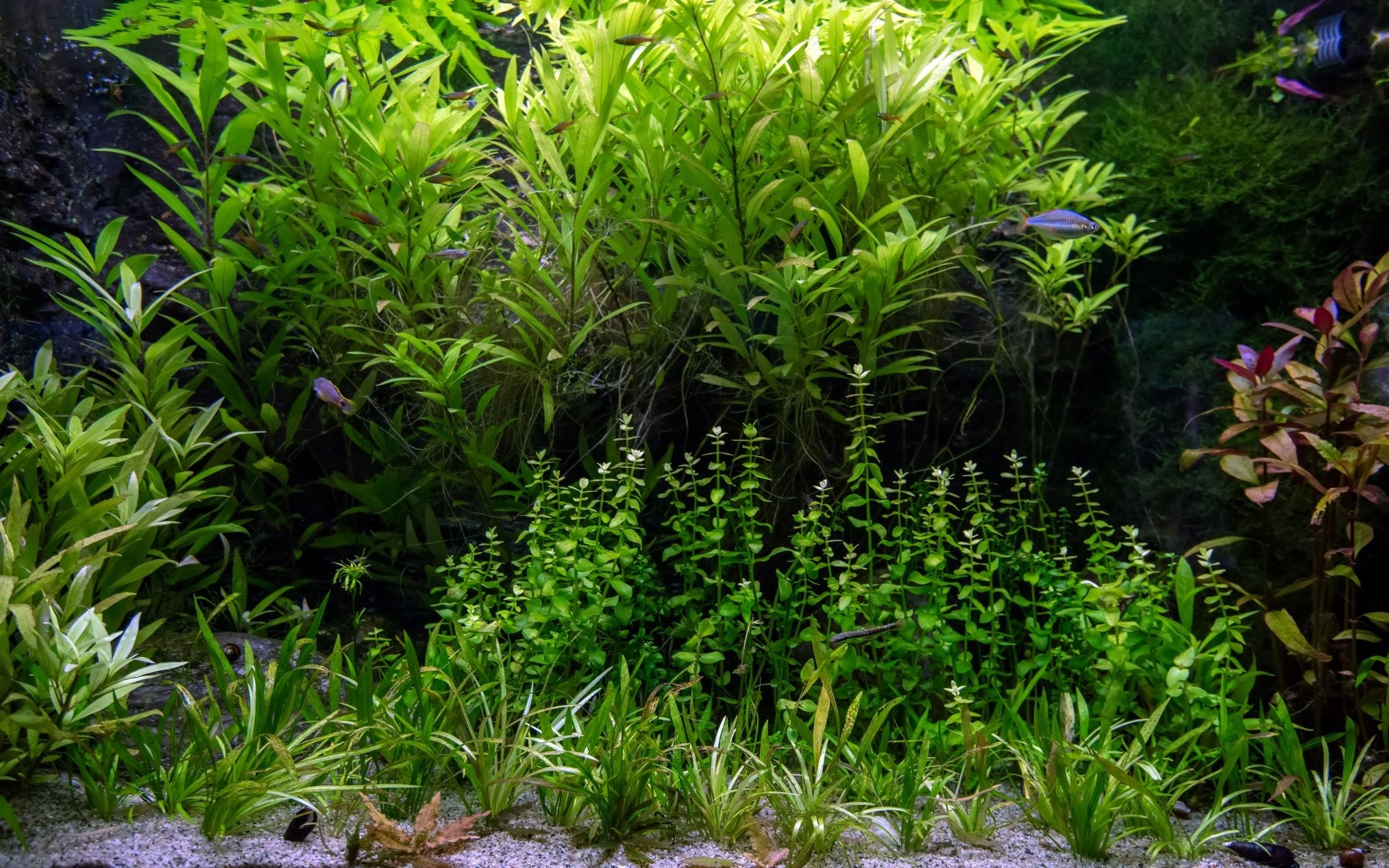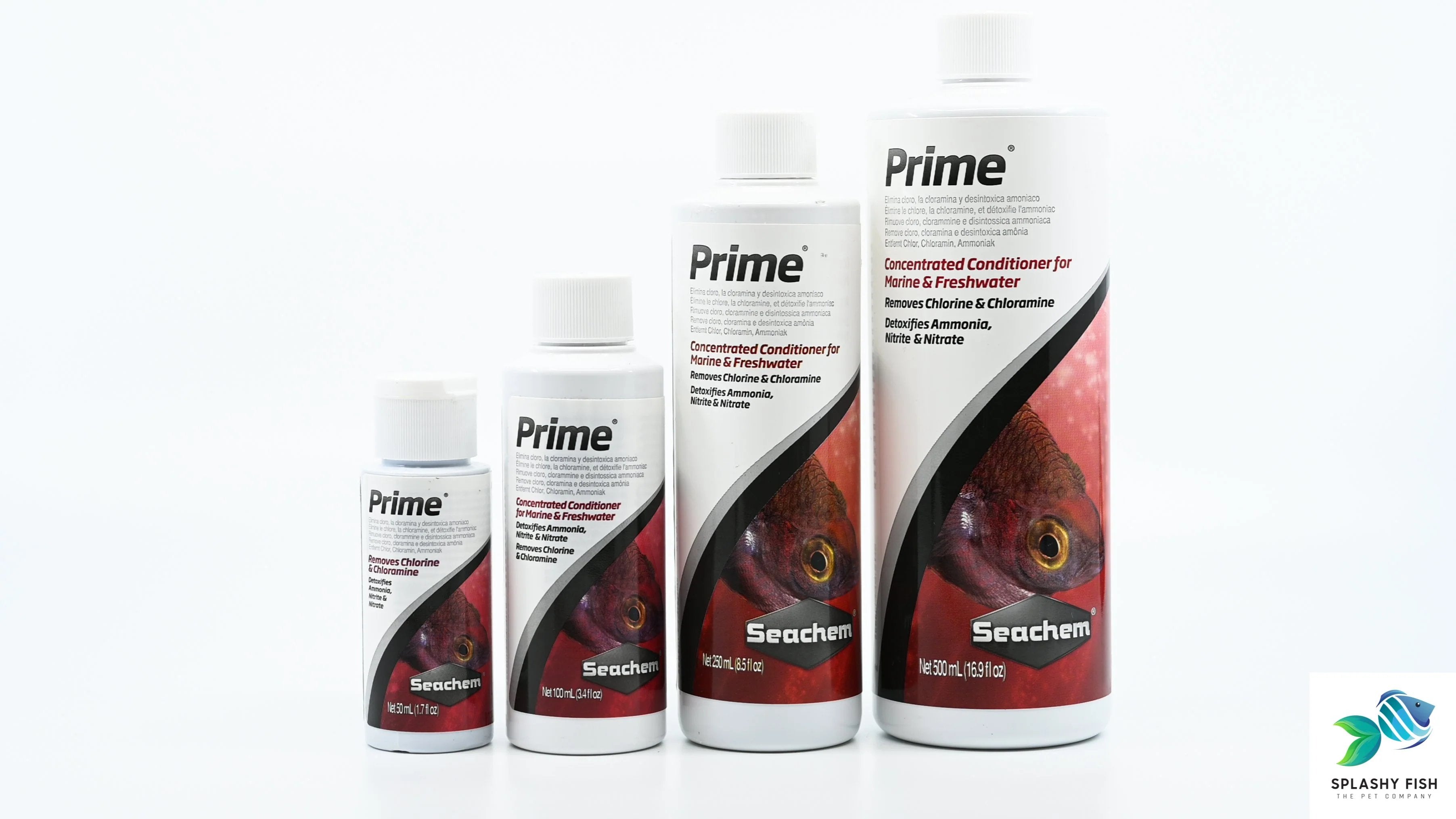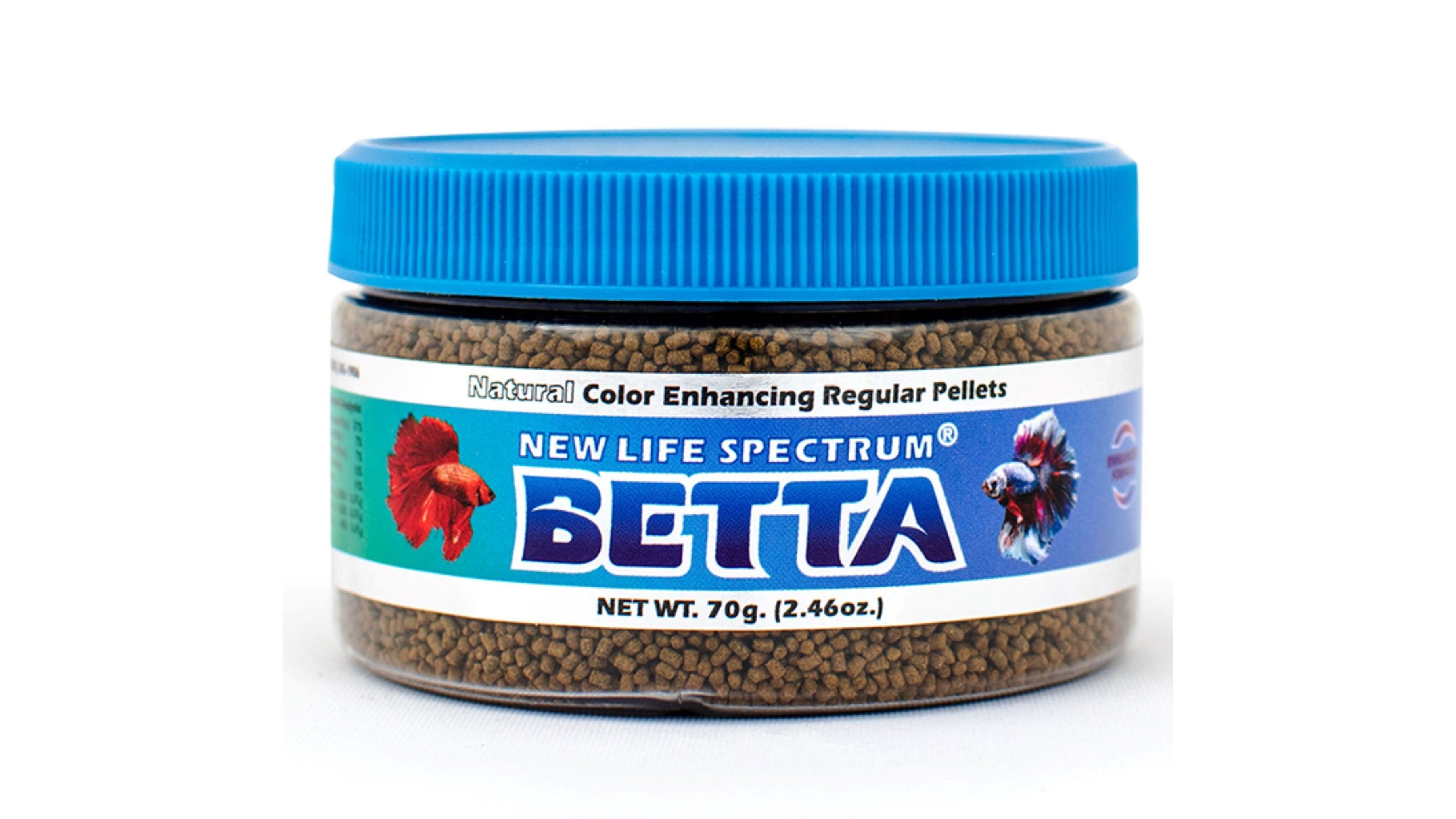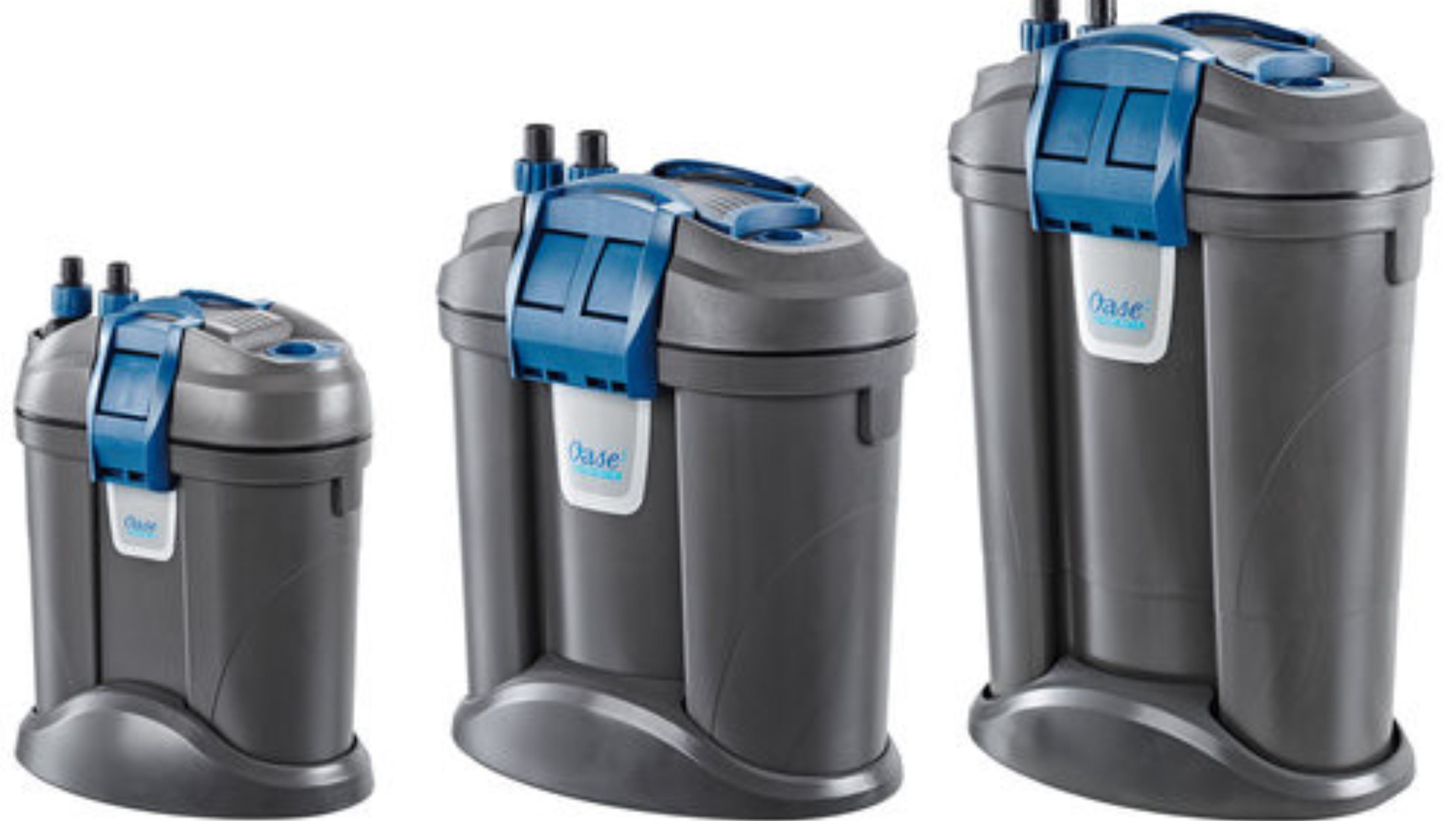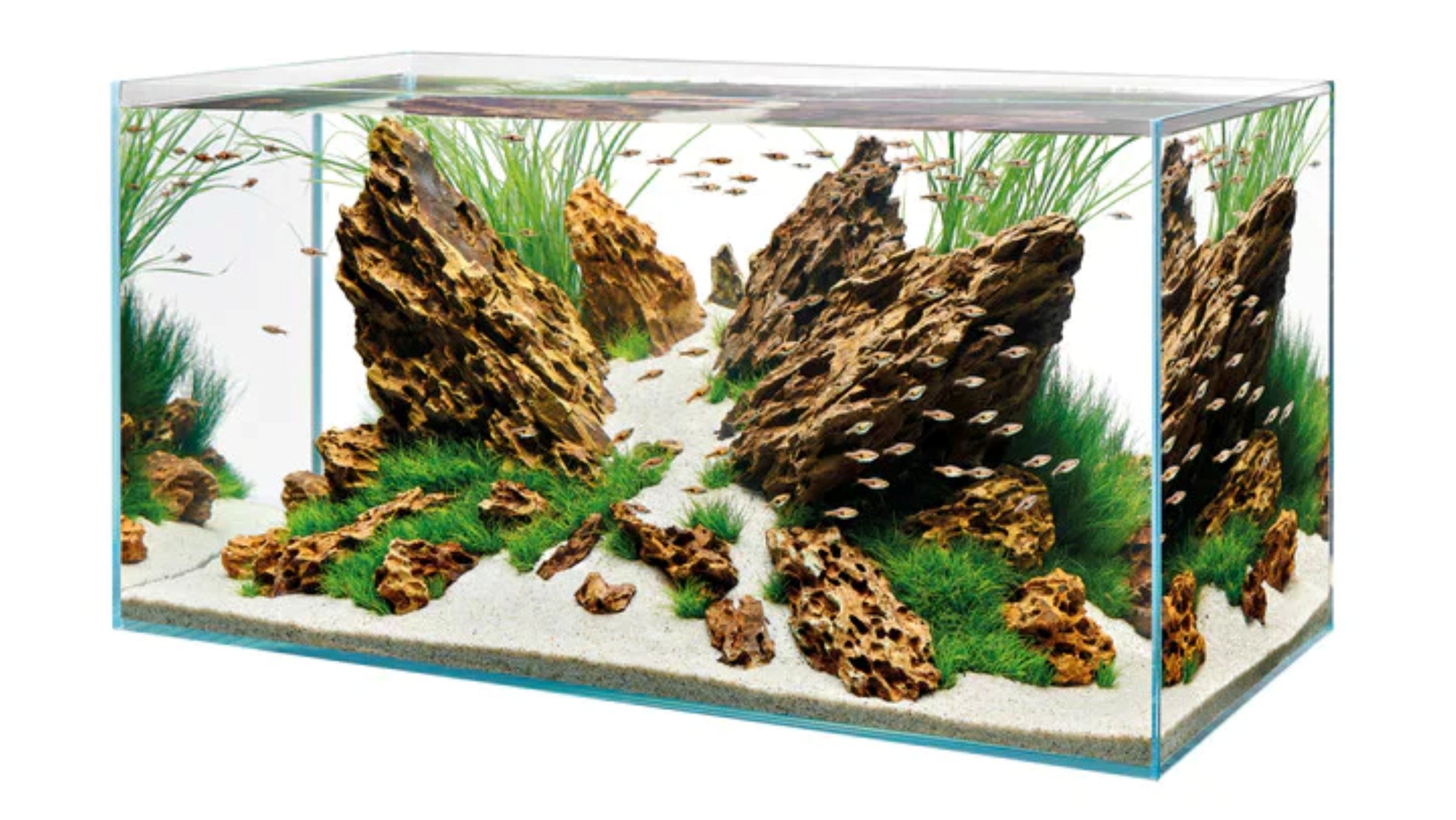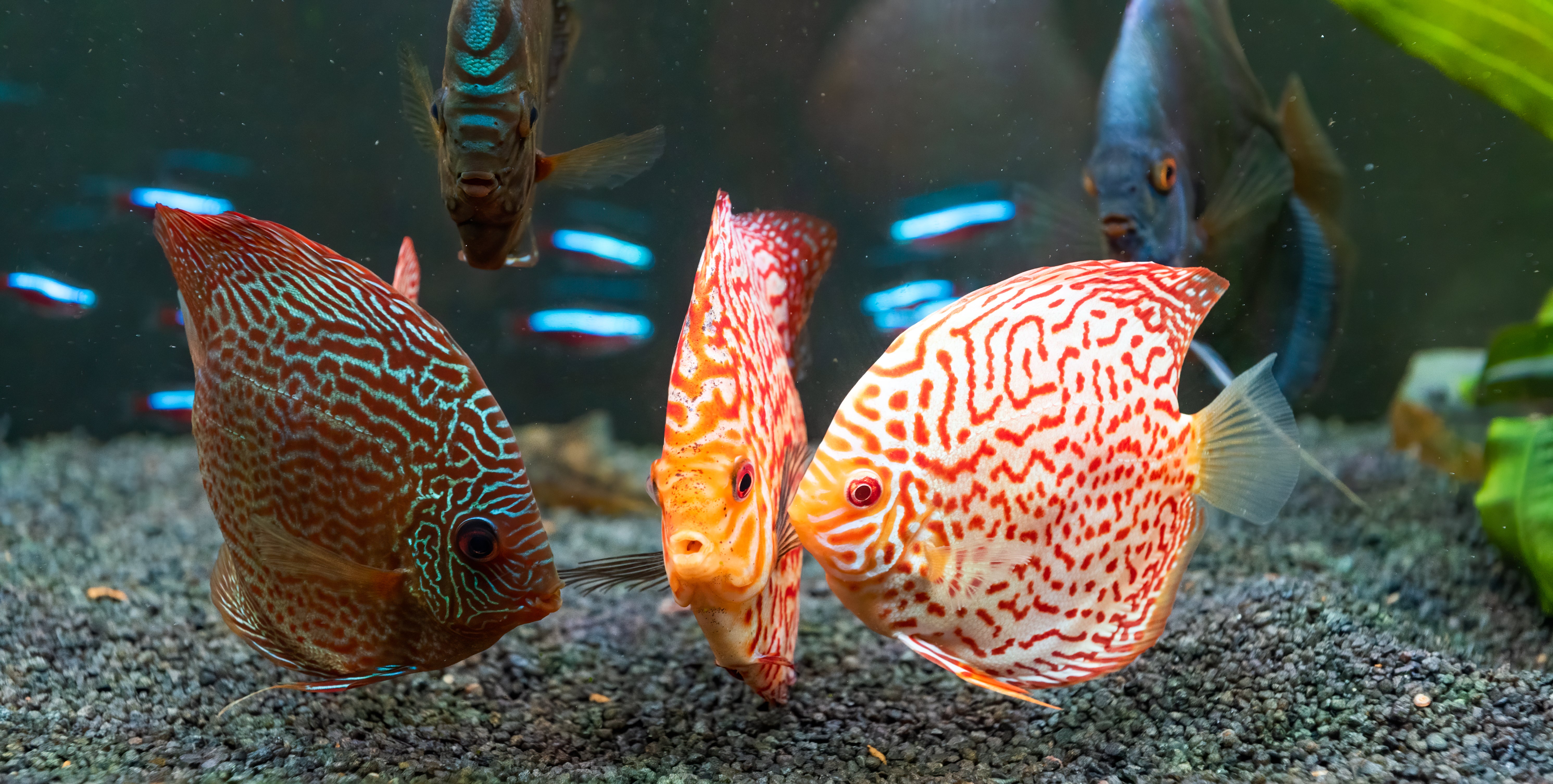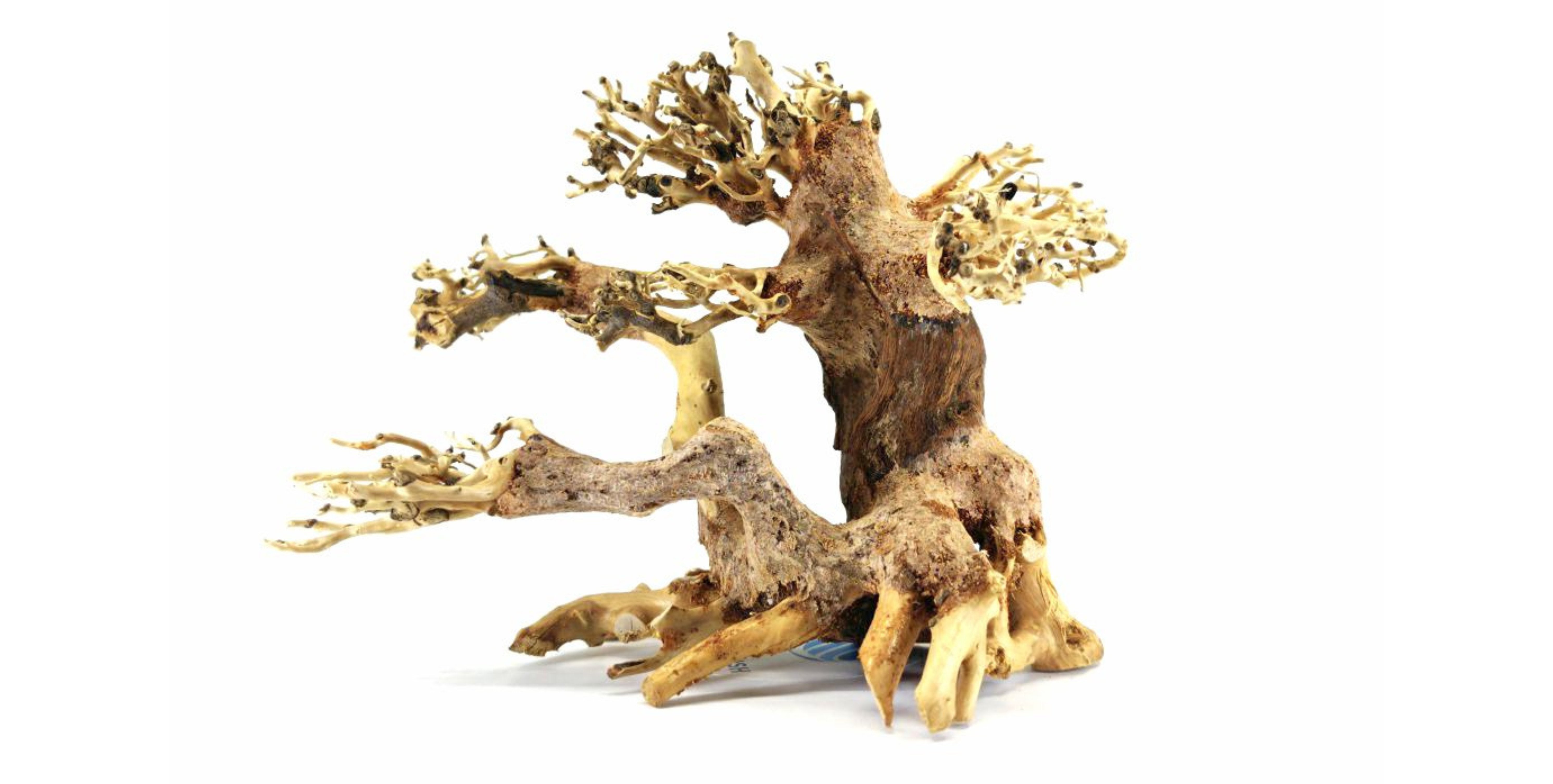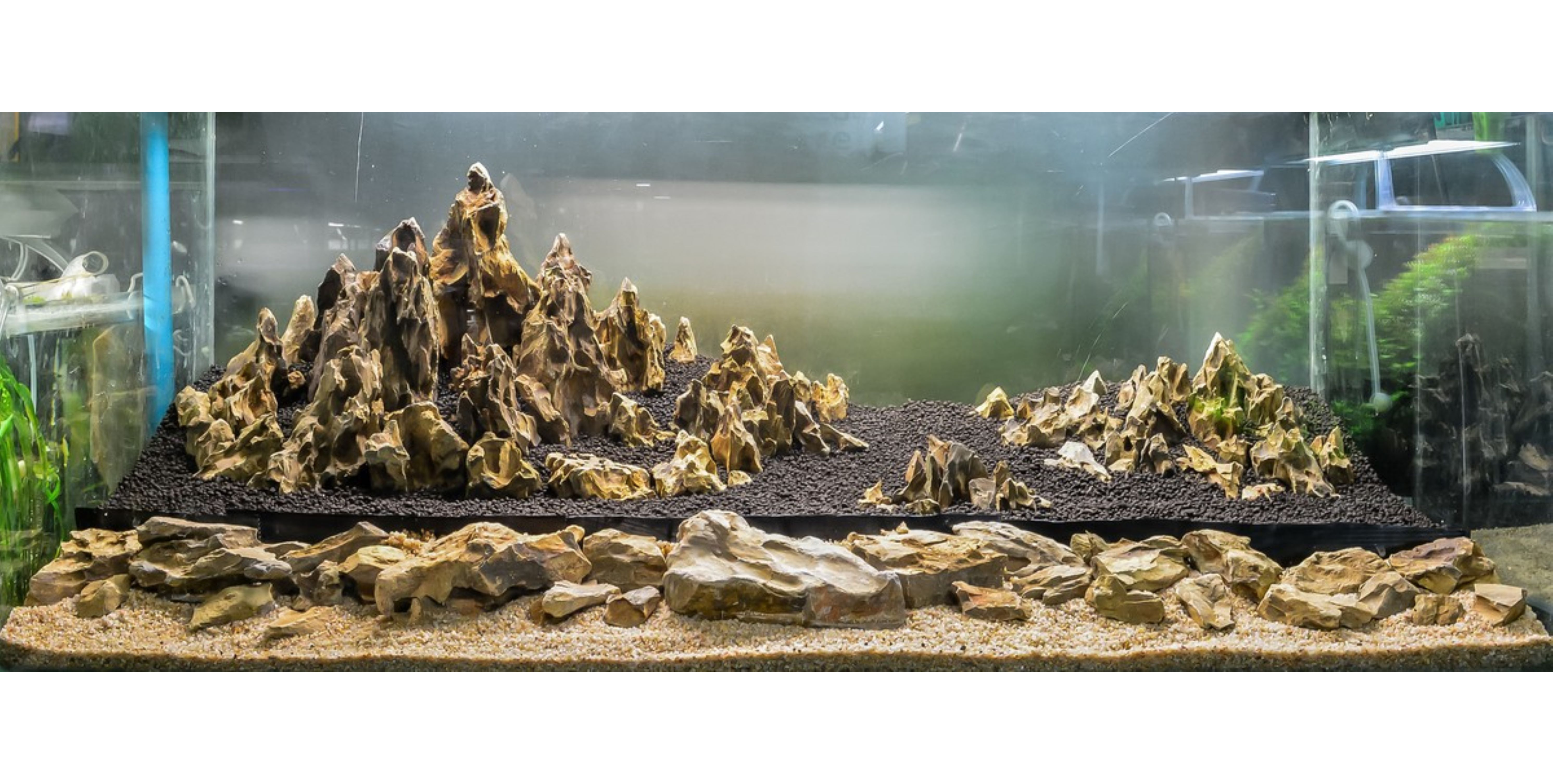Table of Contents
While snails are a natural part of many freshwater ecosystems, some aquarists find them to be unwelcome guests, especially when their numbers start to grow out of control. If an aquarium suddenly seems to be crawling with tiny snails, it may be time to take action.
This guide will walk through the most effective and aquarium-safe methods to control and reduce snail populations, without disrupting the balance of a healthy tank.
Are Snails Really Bad?
Not necessarily. Most freshwater snails are harmless and even beneficial in a well-maintained aquarium. As natural detritivores, they feed on leftover fish food, decaying plant matter, and soft algae, helping to keep the tank clean and biologically balanced.
However, problems can arise when snail populations grow too quickly. Some hobbyists find their rapid reproduction, visible egg clusters, and tendency to cover glass and decorations visually unappealing. In some cases, excessive numbers may also increase organic waste or begin grazing on delicate plant leaves.
So while snails aren’t inherently bad, their presence in large numbers often signals an imbalance, usually caused by overfeeding or excess debris in the tank.

Why Do Snails Multiply So Quickly?
Snail populations often increase rapidly in aquariums because they respond directly to the availability of food. As long as there’s a consistent supply of uneaten fish food, soft algae, or decaying plant material, snails will continue to breed, and their numbers can grow out of control before long.
Common Reasons for Snail Overpopulation:
- Overfeeding: Excess fish food that sinks to the bottom becomes an easy and constant food source for snails.
- Organic Waste Buildup: Decaying plant leaves, fish waste, and leftover food trapped in the substrate provide ideal breeding conditions.
- No Natural Predators: In tanks without snail-eating species, snails reproduce without any population control.
- Unquarantined Plants and Décor: New plants or hardscape materials can carry hidden snails or eggs, which hatch and multiply quickly once introduced.
Snail overpopulation is often a symptom of an unbalanced tank, rather than a standalone issue. Keeping feeding under control and maintaining regular tank hygiene can significantly limit their reproduction rate.
Proven Methods to Get Rid of Snails in an Aquarium
1. Limit the Food Supply
Snails only reproduce when there’s enough food to support new offspring. Reducing food availability is the first and most important step in breaking the cycle.
- Feed only what fish can consume within 1–2 minutes.
- Remove uneaten food immediately after feeding.
- Use a gravel vacuum to eliminate waste and organic buildup.
- Trim dying plant leaves that snails may feed on.
- Controlling the food supply will naturally slow down reproduction and reduce snail survival rates.
2. Trap and Remove Snails
Once snail numbers are manageable, removal becomes more effective.
DIY Snail Trap
Place a piece of blanched lettuce or cucumber in the tank at night. In the morning, remove it along with the snails that have gathered to feed.
Commercial Snail Traps
Products like the Dennerle Snail Catcher are designed to safely collect small snails crawling on the aquarium glass. These tools are ideal for tanks with delicate fish or shrimp that shouldn’t be disturbed.
3. Introduce Natural Predators
If compatible with the tank’s inhabitants, adding a snail-eating species is a long-term control strategy.
- Assassin Snails (Clea helena): Peaceful with most tank mates and effective against other snail species.
- Loaches (e.g., Yoyo Loach, Clown Loach): Known for their appetite for snails, though they require more space and specific tank mates.
- Certain Puffers (for species-only tanks): Voracious snail hunters, but not community tank-friendly.
Always research compatibility before introducing predators, especially in planted or community tanks.
4. Prevent Snails from Entering the Aquarium
One of the most common ways snails enter a tank is through live aquatic plants. Snails or their eggs can hitchhike on leaves, stems, or roots.
Prevention Tips:
- Manually inspect plants under bright light and remove any visible snails or egg clusters.
- Quarantine new plants in a separate tank for 2 to 4 weeks. This allows time for any hidden eggs to hatch and be removed before transfer.
Use a plant dip, such as:
- Alum Dip: 3 tablespoons per gallon, soak for 2–3 days.
- Potassium Permanganate Dip: A strong oxidizer used for a short soak (follow dosage carefully).
Caution: Some dips may damage sensitive plants like Mosses, Ferns, or Tissue Cultures. Always test on one plant before treating the entire batch.
Are Snails Ever Beneficial?
Yes, when present in moderation, many freshwater snails can actually improve the overall health and balance of an aquarium. Common species like Ramshorn Snails, Malaysian Trumpet Snails, and Bladder Snails offer valuable ecological functions that support a clean and stable environment.
Benefits of Snails in a Balanced Tank:
- Algae and Biofilm Control: These snails naturally graze on soft algae and biofilm, reducing buildup on glass, plants, and decorations.
- Detritus Breakdown: By consuming uneaten food and organic waste, they help prevent spikes in ammonia and nitrate.
- Substrate Aeration: Burrowing snails like Malaysian Trumpet Snails stir the gravel or sand, helping to oxygenate the substrate and prevent harmful gas pockets.
When properly managed, a small, stable snail population acts like a built-in cleanup crew, contributing to a healthier, more self-sustaining aquatic ecosystem.
Final Thoughts
Snails are not inherently harmful, and in many cases, they serve as helpful members of the aquarium cleanup crew. However, when their numbers start to rise uncontrollably, it's often a clear sign of excess food, poor maintenance, or organic waste buildup.
Rather than turning to harsh chemicals or quick fixes, it's more effective and safer to take a comprehensive, natural approach to snail management:
- Limit food input to reduce available resources for snails
- Maintain good tank hygiene through regular cleaning and water changes
- Manually remove snails or use dedicated snail traps
- Add natural predators (only when compatible with other tank mates)
- Inspect, quarantine, or treat all new plants before introducing them to the display tank
By focusing on these preventative and maintenance-based methods, snail populations can be controlled without disrupting the balance of the aquarium. A few snails can be beneficial; what matters most is keeping their numbers in check.


